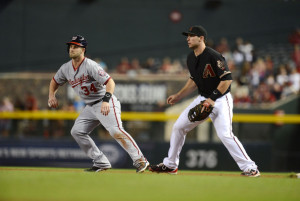Last night, the New York Mets played a home game against the San Diego Padres. They came into the night one game back of the division-leading Washington Nationals, and a win coupled with a Washington loss would put the Amazins in a tie for first place (the Nationals won). However, the game would become so much more, as the result of a Mets trade attempt and its consequences.
Joel Sherman of the New York Post first reported the story, and later gave us the full details of the deal, pending medicals:
#Mets gave up Zack Wheeler and Wilmer Flores for Gomez #Brewers
— Joel Sherman (@Joelsherman1) July 30, 2015
Wheeler is a highly touted pitcher who has only tossed the equivalent of a season and a half at the big league level. You may remember that he was acquired by the Mets in 2011 in a trade that sent Carlos Beltran to the San Francisco Giants. Flores is in his ninth year in the Mets organization and his third year in the bigs. This season, he’s started at both shortstop and second base and hit .249 with ten home runs in the process He was also the starting shortstop in last night’s game. Both would have been heading to Milwaukee in the trade. Would have.
News of the trade broke around 9:00 Eastern Time last night. The Met-Padre game was going long, with starter Bartolo Colon getting shelled for six runs and ten hits in just 2.1 innings. As best I remember, the news must have broke in the fifth or sixth inning. (True story: I was at the game. It has nothing to do with this post, but it was a truly bizarre event to attend.) But back to the story.
For whatever reason, Flores was not pulled from the game when the trade became news. Common practice in a situation like this is to pull the player(s) involved. This is done to ensure that said player(s) do(es) not get injured, which would lead to a flunked physical and a called-off deal. In any event, Flores was left in the game and became visibly emotional in the field. Still, I feel the need to defend Flores here: the Mets have been the only organization he has ever known (he was drafted by them as a 16-year-old) and he’s been with them, and stayed loyal to them, through the ups and downs that being a player in the post-2006 Met organization brings.
However, he would get an at bat in the bottom of the 7th. Word of the deal had filtered through the ballpark by that point, and the thinned out gathering at Citi Field gave him an elongated standing ovation as he stepped to the dish.
At that point, it appeared as though Flores would be finally removed from the game. This would not be the case, however, as Wilmer would be sent back out to the field for the final two innings. He would have had the chance to bat in the bottom of the ninth, but then, and only then, was he taken out of the game. So far, you can guess that this story has been very weird. Warning: it’s about to get weirder.
First, we’ll go to Fox Sports’ Ken Rosenthal for an explanation as to why Flores was not pulled earlier:
Asked official involved with Gomez trade why Flores is still in game. Reply: “No deal is done. The entire world has jumped the gun.”
— Ken Rosenthal (@Ken_Rosenthal) July 30, 2015
This would at least partially explain Flores’ staying in the game. But although he had not been traded, he somehow found out he was about to be. And in my view, even though he was still officially a New York Met through the entirety of the game, he should have been removed. There are two reasons for my having this train of thought. The first is that he was risking obvious injury by staying in the contest. Even though he hadn’t been traded yet, he could’ve sustained an injury in the game, which would have destroyed any hope for the trade. The other reason is that he could not have served the Mets any good in the emotional state he was in. While he wasn’t wrong for being emotional, he wasn’t helpful to the Mets, either.
Now the story is about to take another wild turn. After the game, word got around among reporters that the deal may be off. Sure enough, General Manager Sandy Alderson spoke with the assembled media after the game and said this:
Sandy Alderson says that the trade for Carlos Gomez “will not transpire.”
— Jared Diamond (@jareddiamond) July 30, 2015
The general thought at this point was that the calling off of the trade had to do with Wheeler. He had Tommy John surgery on March 25 and is expected to be out until next July-August, at the earliest. Common sense told those who follow (and cover) the game that Wheeler had an issue with his physical, or that he did not perform well in his medical reports. This had to be the reason for the trade not happening, right? Wrong.
An explanation of the failure to complete the trade came from Rosenthal, just after midnight this morning:
Sources: #Mets backed out of trade due to concern over hip issue with #Brewers’ Gomez.
— Ken Rosenthal (@Ken_Rosenthal) July 30, 2015
So, to recap: the Mets trade for a power bat in the middle of the lineup, give up their shortstop and one of their prized young pitchers, leave said shortstop in the game, and after all that? The deal falls through. Yikes.
Now, I don’t think the deal would have been overly beneficial to the Mets in the short or long term, but that was the article I would have written today if the trade was completed.
Here’s another opinion of mine: the reporters did almost nothing wrong. They reported what was essentially a done deal, and in a business where being the first to report something is critical, they wanted to be prompt with their information, too. However, the only mistake of theirs was not stressing that the deal still needed the blessing of medicals to be completed. Other than this, though, the only thing these reporters did was their job.
Rosenthal agrees with me:
Not all reports included a reference to “pending medicals.” Even the ones that did left the impression that the deal was fait accompli. Many followers interpreted the deal as done, if only because such deals almost always get done.
Well, this deal did not get done, and the enduring image of the night was of Flores in tears at shortstop, thinking he had been traded.
The Mets looked heartless for allowing Flores to remain in the game; players involved in pending deals generally are removed to ensure that they avoid injury.
The media, too, looked heartless, at least in the view of some on Twitter; we reported a trade before it technically was completed, and created a mess.
But that was last night, and this was today.
With an early 12:10 start, the team looked to the consistent Jon Niese to right the ship. And it looked like he had, as they were leading 7-1 after six innings. However, reliever Bobby Parnell loaded the bases in the 7th, retiring but one batter. Hansel Robles was brought in to stop the bleeding, but what he did instead was allow a grand slam to Derek Norris. The score was 7-5, and it would stay that way until the 9th.
Closer Jeurys Familia entered the game to finish the deal and end the disastrous string of events that had befallen the Mets over, at that point, the past 18 hours. He got the first two outs of the inning, but in the ultimate twist of fate, a downpour came with no balls and one strike on Norris. When the game resumed, Familia was questionably left in, and allowed hits to Norris and Melvin Upton Jr. And then the dagger came; a three-run home run surrendered to Melvin’s brother Justin. The damage was done.
After a second delay pushed the conclusion of the game back to 6:25, the Mets went down 1-2-3 in the final frame. The nightmare continued, leaving the team looking for answers.
This is easily one of the worst 24 hour periods the franchise has ever endured. It’s no Midnight Massacre, but it’s still really bad. The issue? The schedule is not getting easier. The team has a crucial three-game set this weekend against the Nationals, who they are now three games behind in the divisional race, thanks to the results of the last two days.
Reports have linked the Mets to potential outfielders like the Tigers’ Yoenis Cespedes and the Reds’ Jay Bruce. However, neither of these can play center field, which is a need for the team at the moment. Even if they do acquire an outfielder, it will require the capitulation of significant assets, most likely prospects. These are assets that the Mets simply may not be willing to give up, especially after swinging and missing on the Gomez trade.
The #LOLMETS jokes are back. The organization, and in particular, manager Terry Collins, is under fire for their handling of the entire situation. “Meet the Mets” has sounded more like “Meet the Mess” over the past 24 hours.
The team may get Cespedes, Bruce, or other major league talent, but they are going to miss out on Gomez; he’s been traded to the Astros. And no deal can hide away the cold hard truth about the Mets.
The last 24 hours have been brutal for them.
(c) 2015

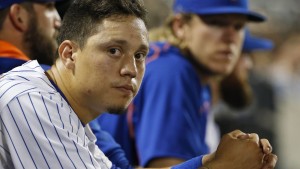
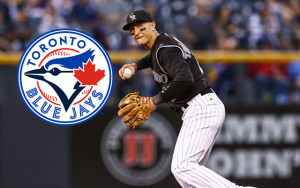
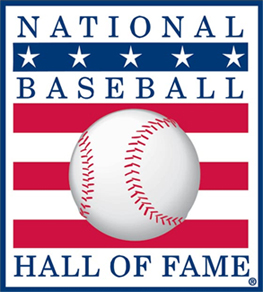
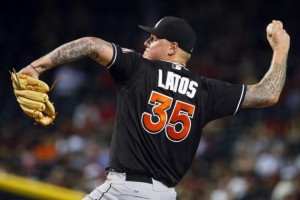

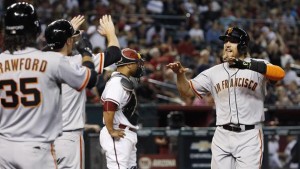
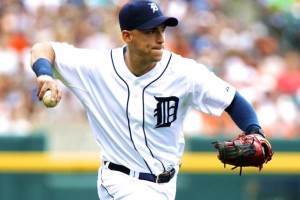
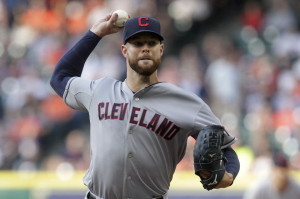
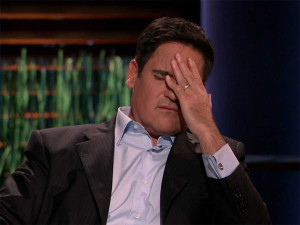 DeAndre Jordan, and others. They lost out on Aldridge when he
DeAndre Jordan, and others. They lost out on Aldridge when he 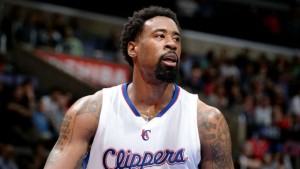 four years with Jordan also under contract. However, without Jordan, the Mavericks have decided to push Matthews’ contract to
four years with Jordan also under contract. However, without Jordan, the Mavericks have decided to push Matthews’ contract to 